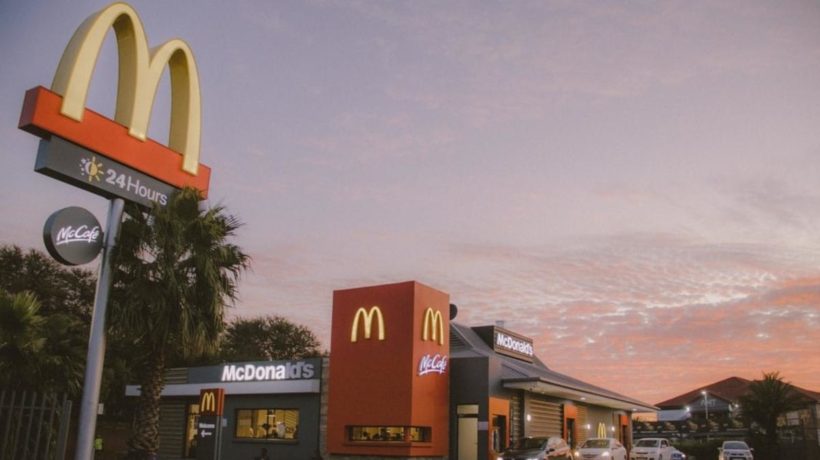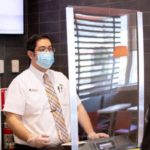Two months ago, McDonald’s closed its dining rooms across the U.S. in response to Covid-19. While 99% of these locations stayed open, offering drive-through and delivery to lower-but-continuing demand, they have not allowed customers inside to eat.
Fewer than 100 locations have since reopened to seat customers, but over 14,000 will soon, as local governments allow it. And visiting McDonald’s dining rooms will feel dramatically different, according to both McDonald’s own announcements last week, along with a widely leaked 59-page report acquired by the New York Times, the Wall Street Journal, and CNN. Franchisees will be required to make all sorts of updates to ensure social distancing in their dining rooms.
McDonald’s is the quintessential fast food restaurant chain. It has spent decades striking a balance between hyperefficient service and making customers feel comfortable. Roughly 70% of the fast food industry’s sales are via drive-throughs. But the dine-in experience still counts for a significant portion of sales, which is why in 2006 McDonald’s introduced Wi-Fi to lure customers into stores; a decade later, it introduced table service and higher end furniture finishes for the same reason. Over the past few years, I’ve been inside some McDonald’s locations that rival Starbucks in fit and finish.
But with these upgrades come new costs for McDonald’s franchise owners. More than 90% of McDonald’s locations are run not by the company but independent operators who absorb upgrade costs in the hopes of growing revenue. The new design mandates around Covid-19 will be similar in this regard—absorbed by operators who want to woo customers back inside.
The first update you’ll notice are floor stickers across the tile. These stickers will mark spots that ensure six-feet of distance between customers, and they will also create a clear path through the restaurant for customers to walk. As customers approach the order counter (no mask required), there will be a barrier, presumably of plexiglass, between them and the mask-wearing staff. Payments can be made through contactless credits cards and phones, but McDonald’s will also accept cash.
What about all those touch-screen kiosks for ordering? Don’t be surprised to find them turned off. These systems will be optional for franchisees to use during COVID-19, but if they are turned on, the screens and keyboards need to be cleaned after every single customer uses them.
Tables will have to be wiped down after every customer, too, making one wonder: Wait, how often were they wiped down before? Many of the tables will be closed or even removed altogether to follow social distancing guidelines.
The self-serve drink fountains—those glorious, bottomless wells of carbonated corn syrup—are particularly pesky to clean. So now they will be either closed or chaperoned. Staff members can pour each person’s drink, or drinks will solely be poured from the drink fountains behind the counter instead.
As for how you actually get your food, you will get it delivered to your table, double bagged for protection, on a tray, to avoid crowds at the counter. You will take the bag off the tray—along with napkins and straws—and the worker will immediately take that tray back to the kitchen to be sanitized.
All of these considerations make sense, of course, and sound remarkably similar to the design interventions being planned for offices as they reopen. But it certainly doesn’t sound very enjoyable to eat inside a prophylactic McDonald’s. Will these regiments make the convenience of fast food feel less convenient? And if so, will we just continue opting for that drive-through, even when dining rooms reopen?
Article originally published on fastcompany.com.











